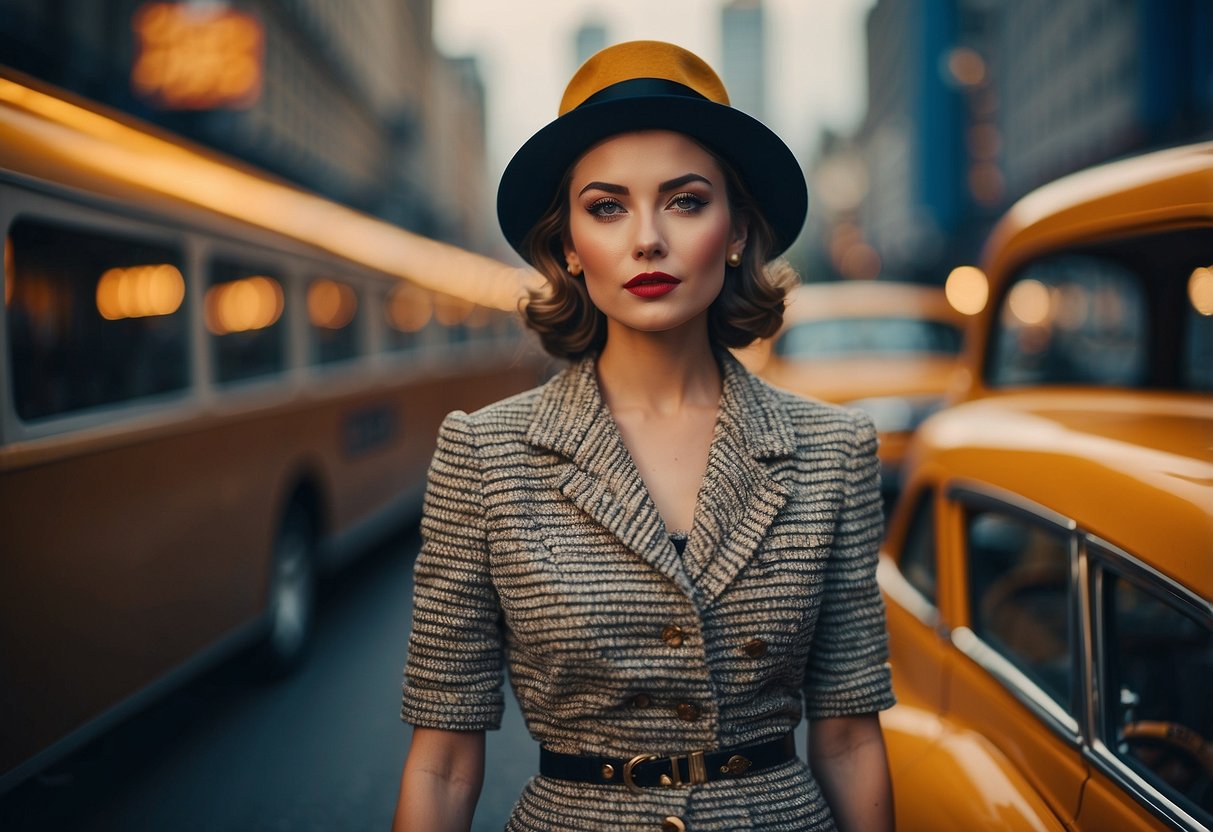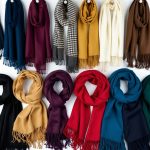
Incorporating vintage fashion into modern wardrobes can be a delightful way to express personal style. By carefully selecting retro pieces, individuals can create unique and timeless looks that stand out. Mixing vintage accessories, like scarves and jewelry, with contemporary clothing can add a distinctive touch without overwhelming the ensemble.
One effective method to integrate vintage items is by pairing classic pieces with current trends. For instance, a vintage leather jacket can complement a sleek, modern outfit, adding a touch of nostalgia and sophistication. Combining vintage dresses with current footwear styles also creates a balanced and fashionable appearance.
It’s also helpful to consider the condition and quality of vintage items when incorporating them into modern looks. Well-preserved vintage garments can serve as statement pieces, elevating any outfit instantly. Careful maintenance and thoughtful integration can make vintage fashion a valuable addition to contemporary wardrobes.
The Evolution of Vintage Fashion
Vintage fashion has seen remarkable transformations over the decades. In the 1920s, flapper dresses with intricate beadwork became iconic. This style reflected the Jazz Age, marked by its emphasis on boldness and freedom.
The 1950s introduced a plethora of styles, from elegant A-line dresses to rockabilly skirts. Marilyn Monroe popularized the hourglass figure, while James Dean’s rebellious look set a new trend for men.
Fast forward to the 1970s, when bohemian styles took center stage. Bell-bottoms, floral prints, and maxi dresses became staples. This era emphasized individuality and self-expression through clothing.
Moving into the 1980s, bold colors and exaggerated silhouettes defined the fashion scene. Power suits with padded shoulders surfaced, representing strength and confidence in a rapidly changing world.
The 1990s brought a shift towards minimalism and grunge. Slip dresses, flannel shirts, and distressed jeans became emblematic. This period marked a distinct departure from the ostentatious trends of previous decades.
In recent years, vintage fashion has experienced a resurgence, blending retro elements with contemporary designs. Modern fashionistas integrate vintage pieces to create unique and personalized looks, honoring the past while embracing the present. This amalgamation of eras showcases the timeless nature of vintage fashion.
Defining Vintage: Era Classifications
Vintage fashion spans multiple decades, each characterized by distinct styles. Understanding the different eras helps in identifying authentic vintage pieces and blending them seamlessly into modern outfits.
1920s: Known for flapper dresses, cloche hats, and art deco designs, the 1920s celebrated liberation and bold fashion statements. It was a time of jazz, with dresses often featuring fringes, sequins, and beads.
1930s: The Great Depression influenced simpler, more conservative styles. Bias-cut dresses and suits were popular. Evening wear often included long, flowing gowns made from silk or rayon.
1940s: World War II impacted fashion with a focus on practicality. Utility clothing featured structured, padded shoulders and cinched waists. After the war, designs became more feminine with fuller skirts and peplum waists.
1950s: This era saw the rise of rock ‘n’ roll and a return to glamour. Pencil skirts, A-line dresses, and poodle skirts were fashionable. The hourglass figure was emphasized with fitted bodices and flared skirts.
1960s: Known for mod fashion, this decade embraced bold patterns, mini skirts, and colorful prints. The influence of London’s Carnaby Street and designers like Mary Quant led to a shift towards youthful and playful styles.
1970s: Bohemian and disco influences were prominent. Bell-bottom pants, platform shoes, and maxi dresses were in vogue. Natural fabrics like cotton and suede played a significant role in everyday fashion.
1980s: Marked by extravagant and sometimes outlandish styles, the 1980s featured bold colors, oversized silhouettes, and power dressing. Think shoulder pads, sequined fabrics, and acid-wash jeans.
Knowing the characteristics of each era allows one to appreciate the diversity of vintage fashion. This knowledge provides a foundation for integrating retro pieces into modern wardrobes with ease.



